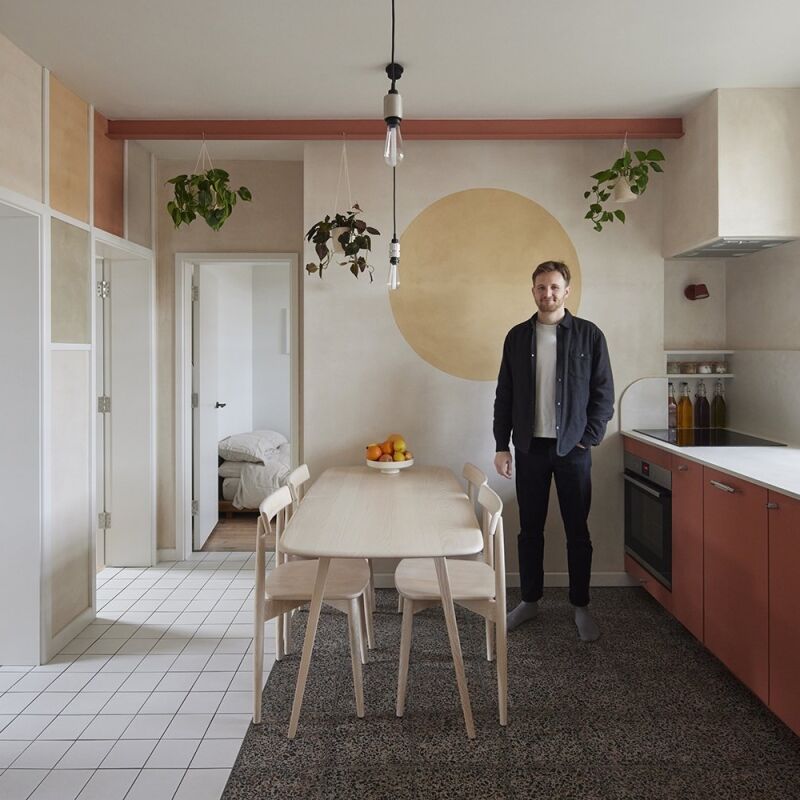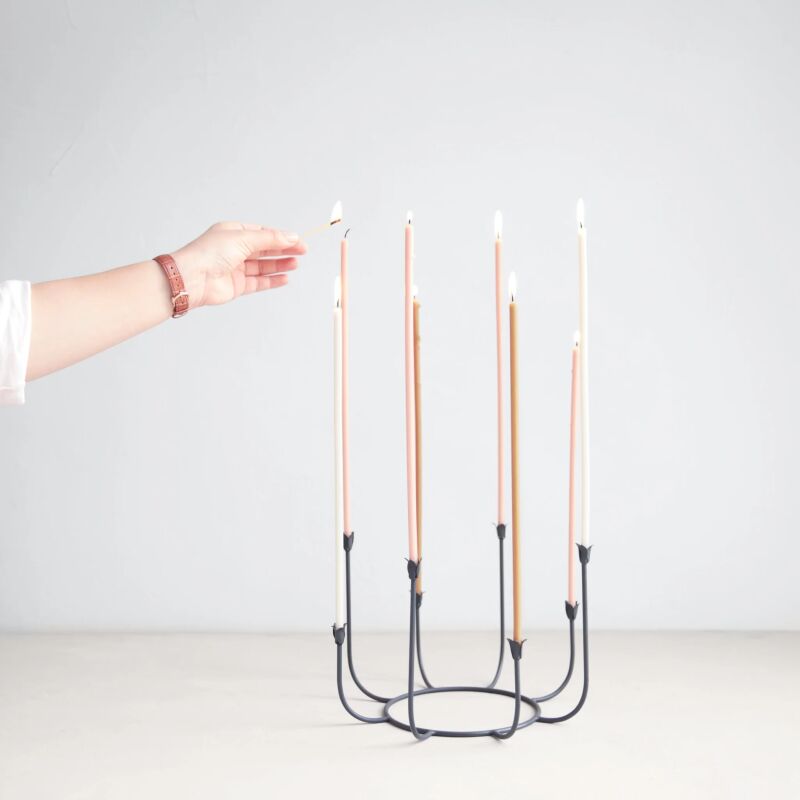Last spring, in a show called The Walled Garden, London’s Tristan Hoare Gallery was given over to Kaori Tatebayashi’s ceramic plants and flowers plus a re-creation of her workspace. Filled with Kaori’s fragile white stems and cabinets of curiosities, the gallery’s Georgian rooms became magical, ethereal spaces entirely removed from the here and now. In recent months, I’ve found myself happily escaping into images of the exhibit so often that it seemed high time we shared Kaori’s work here.
Born into a family of tableware merchants in Arita, Japan, the country’s longstanding hub of porcelain production, she’s an artist who grew up surrounded by ceramics. Kaori began working in clay herself at Kyoto City University of Art, where she specialized in making functional wares, such as teapots. When her interests expanded into sculpture, Kaori moved to England to study at the Royal College of Art. She ended up staying in London and becoming a passionate gardener like her grandfather. Now, nearly 20 years after arriving, Kaori is one of the UK’s most interesting botanical artists. She works in unglazed white stoneware and has begun creating her increasingly intricate plant studies as ghostly bas reliefs. Join us for a look at her first one-person show.
Photography by Alzbeta Jaresova, unless noted, courtesy of Kaori Tatebayashi.






The walls were painted to Kaori’s specs with a coat of Bauwerk Limewash in a pale, soft gray called Mallorca:”I used the same limewash at home, so I knew exactly what I was aiming for. If there had been time, we would have added a second layer.” (They used the brushes Bauwerk recommends and followed the company’s instructional videos.)





Kaori is represented by Tristan Hoare Gallery. She accepts commissions—The Secret Garden, her latest private installation, is on view on her website—but says she’s fully booked until the end of 2023, when her next solo show goes up in the gallery.
More inspiration from artists:
- Creative Compound: A Ceramic Artist Couple at Home and Work in the French Countryside
- Glass Menagerie: Artist Steffen Dam’s Invented Natural World
- The Ultimate Pressed Flowers




Have a Question or Comment About This Post?
Join the conversation (1)